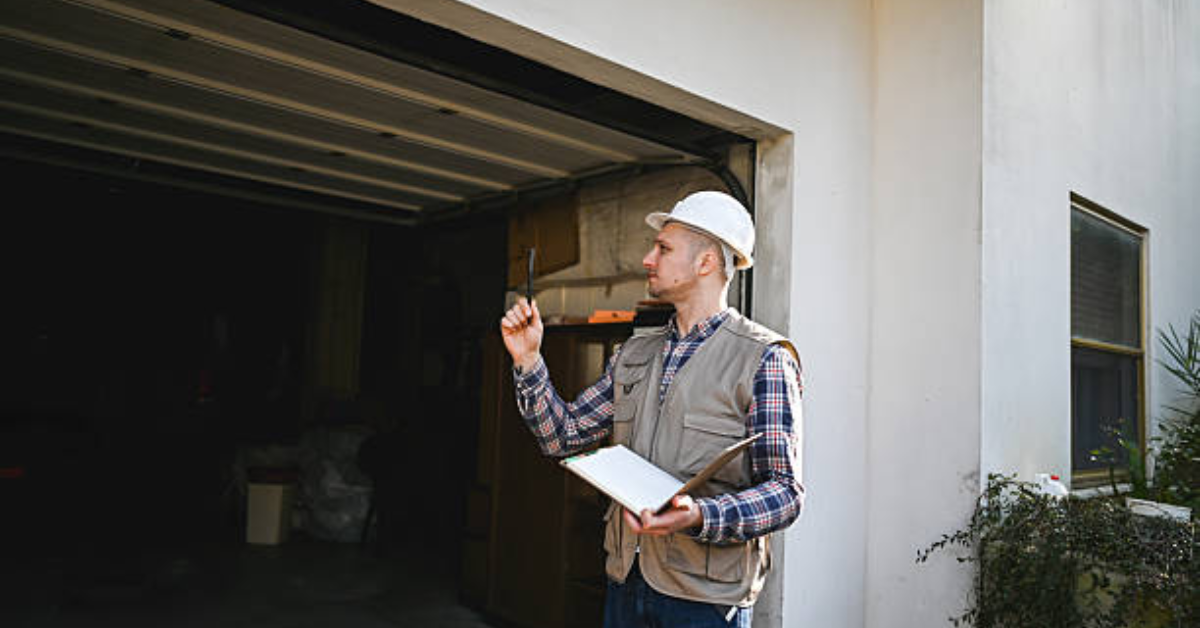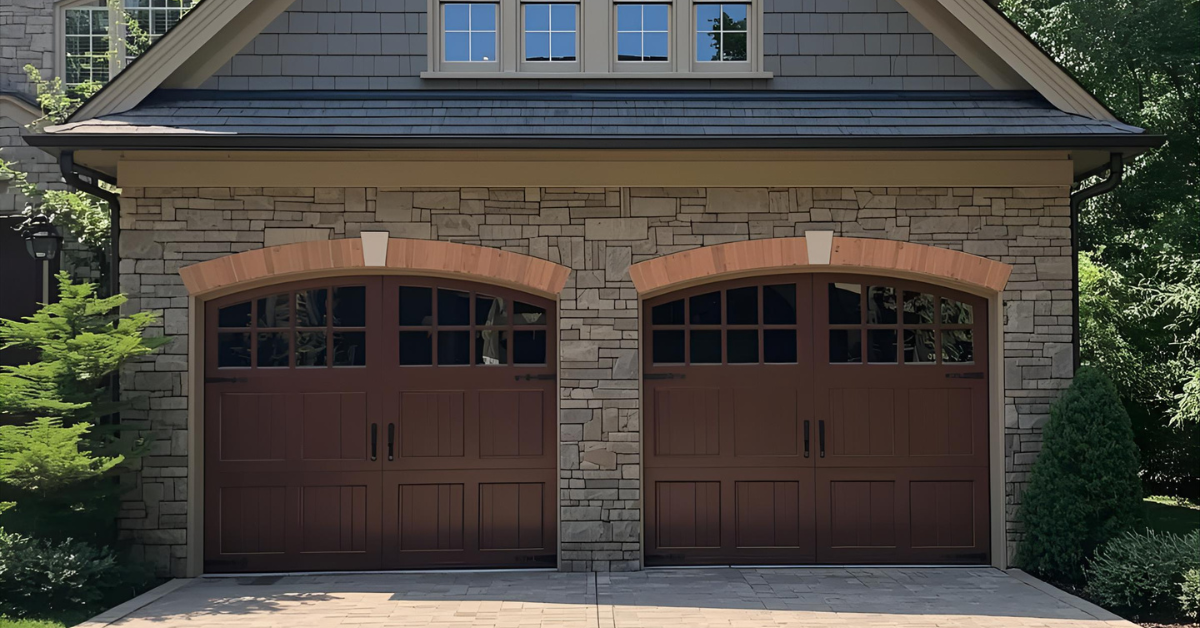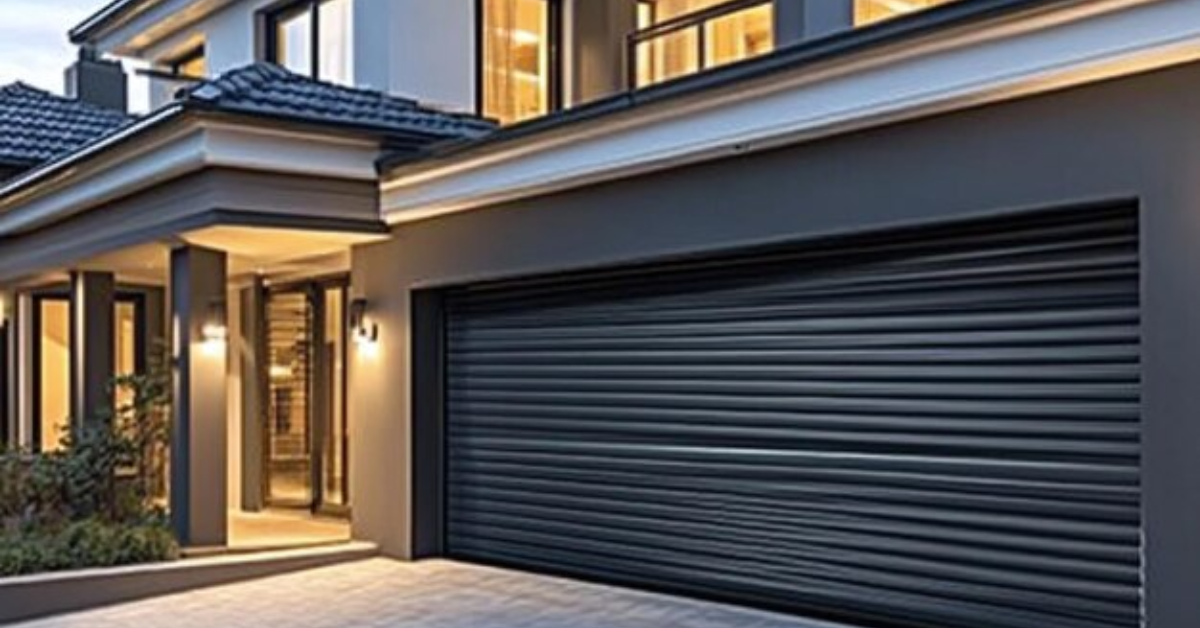How to Fix an Electric Garage Door?
An electric garage door adds convenience, security, and value to your home—until it stops working. Whether it's stuck halfway, not responding to the remote, or making strange noises, a malfunctioning garage door can be frustrating. The good news? Many common problems can be resolved without calling a professional. In this guide, we’ll walk you through how to fix an electric garage door, helping you troubleshoot issues quickly and safely.
Understanding How an Electric Garage Door Works
Before diving into repairs, it's essential to understand the basic components of an electric garage door system. It typically includes:
- Garage door opener (motor unit)
- Remote control or wall switch
- Torsion or extension springs
- Cables and rollers
- Photo-eye sensors
- Tracks and hinges
Any of these components can malfunction, leading to common issues that homeowners face.
Step 1: Check the Power Supply
One of the simplest reasons your garage door opener isn’t working could be a lack of power. Check to see if the motor unit is plugged in. If it is, try plugging in another device to ensure the outlet is functioning. Also, inspect your circuit breaker panel—sometimes a tripped breaker could be the culprit.
Step 2: Inspect the Remote and Wall Switch
If the garage door doesn’t respond to the remote, try using the wall switch. If the wall switch works, the problem might be with the remote's batteries or internal circuitry. Replace the remote batteries first. If it still doesn't work, reprogram the remote following the manufacturer’s instructions or consider purchasing a replacement.
Step 3: Test the Safety Sensors
Modern electric garage doors are equipped with photo-eye safety sensors, usually located on each side of the door near the floor. If these sensors are misaligned or dirty, the door may not close properly. Wipe them clean with a soft cloth and ensure both are perfectly aligned. You’ll know they’re working when the LED lights on both sensors remain steady.
Step 4: Manually Open the Garage Door
If your electric garage door won't open, pull the emergency release cord (usually a red handle hanging from the trolley) to disconnect the opener from the door. You can now manually lift the door. If it’s difficult to lift or won’t stay open, the problem might be with the torsion or extension springs—in which case, do not attempt to fix the springs yourself, as they are under high tension and can be dangerous. Call a garage door technician instead.
Step 5: Lubricate Moving Parts
If your garage door is noisy or moves unevenly, lack of lubrication might be to blame. Apply a garage door lubricant (not WD-40) to rollers, hinges, springs, and tracks. This not only reduces noise but also prevents wear and tear. Avoid over-lubricating, as it can attract dust and debris.
Step 6: Adjust the Travel and Force Settings
Sometimes the door might reverse unexpectedly or stop before closing completely. This may be due to incorrect travel and force settings on your garage door opener. Locate the adjustment knobs on the motor unit—usually labeled “Up/Down” or “Open/Close”—and make small adjustments. Consult your owner's manual for specific guidance based on your model.
Step 7: Check for Track Obstructions and Alignment
Inspect the metal tracks on both sides of the door. Remove any debris or small objects that may obstruct the door’s path. Also, look for bent sections or misalignment. If you notice a gap between the rollers and the track or uneven tracks, you may need to tighten or realign them using a wrench and level. Be cautious not to overtighten.
Step 8: Reset the Garage Door Opener
If nothing else works, try resetting the opener. Most units have a reset button or require you to unplug the motor unit for 30 seconds and plug it back in. This can resolve issues related to software glitches or remote control memory.
When to Call a Professional
While many electric garage door issues can be fixed with basic tools and a little patience, some problems—especially those involving springs, cables, or the motor—should be left to trained technicians. If you hear grinding noises, see frayed cables, or experience frequent power issues, it's time to call an expert.
Final Thoughts
Fixing an electric garage door doesn’t always require professional help. By understanding how the system works and knowing how to troubleshoot common problems, you can restore functionality in no time. Regular maintenance, including lubrication and sensor checks, can also prevent future issues.
If you're searching online for “how to fix electric garage door,” these easy steps offer a reliable and cost-effective way to solve most problems. For issues beyond basic troubleshooting, always prioritize safety and call a certified garage door repair technician.
By staying informed and proactive, you’ll extend the life of your electric garage door and enjoy uninterrupted convenience and security for years to come.




